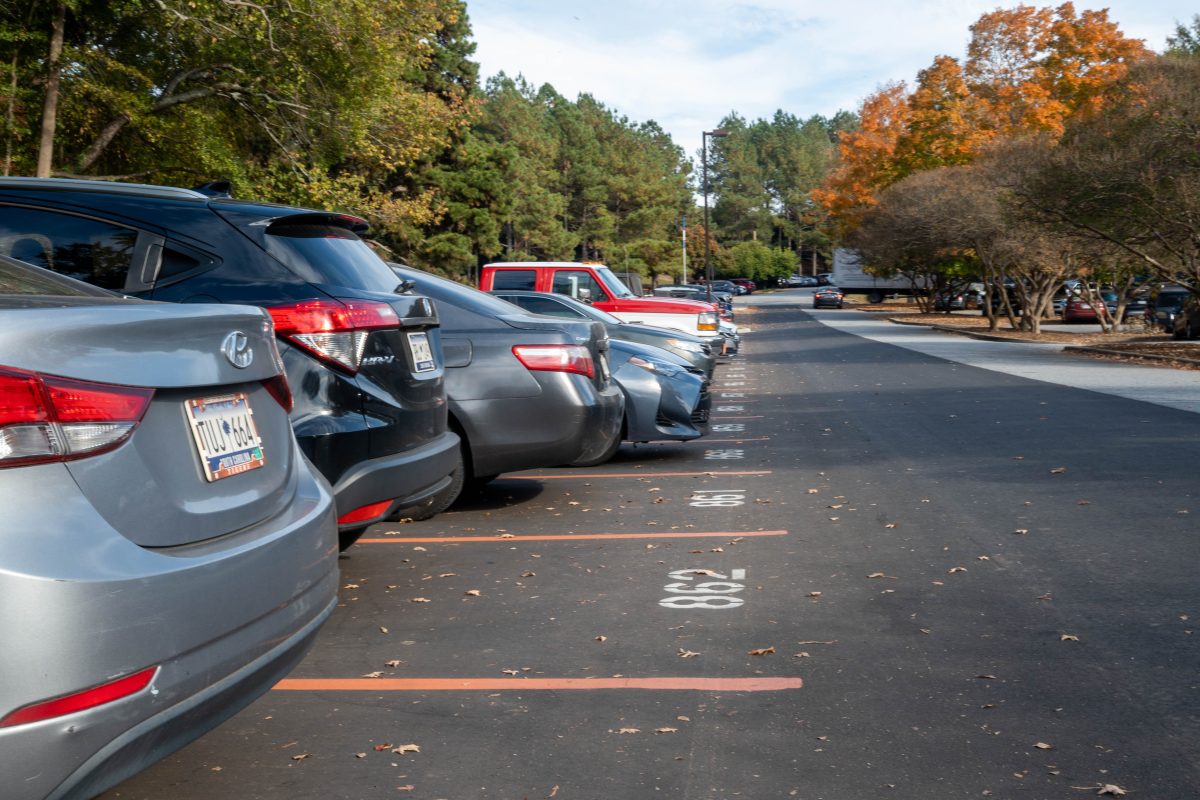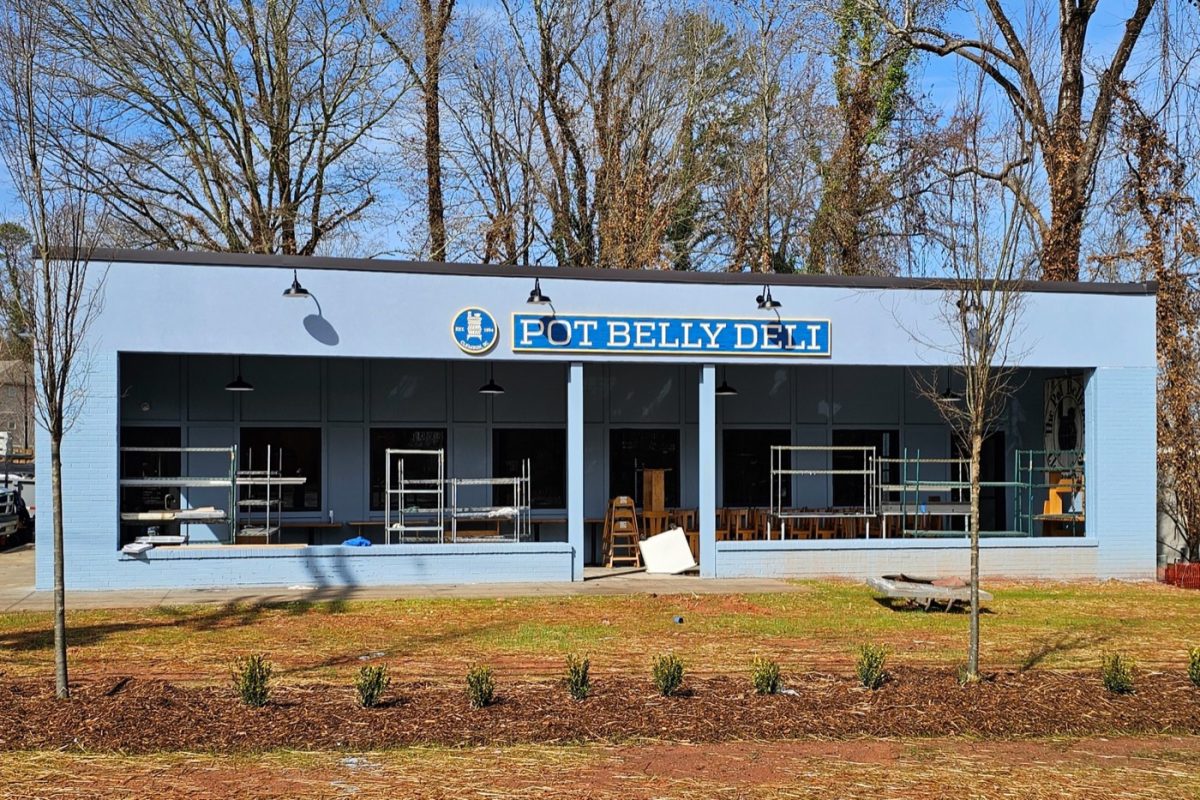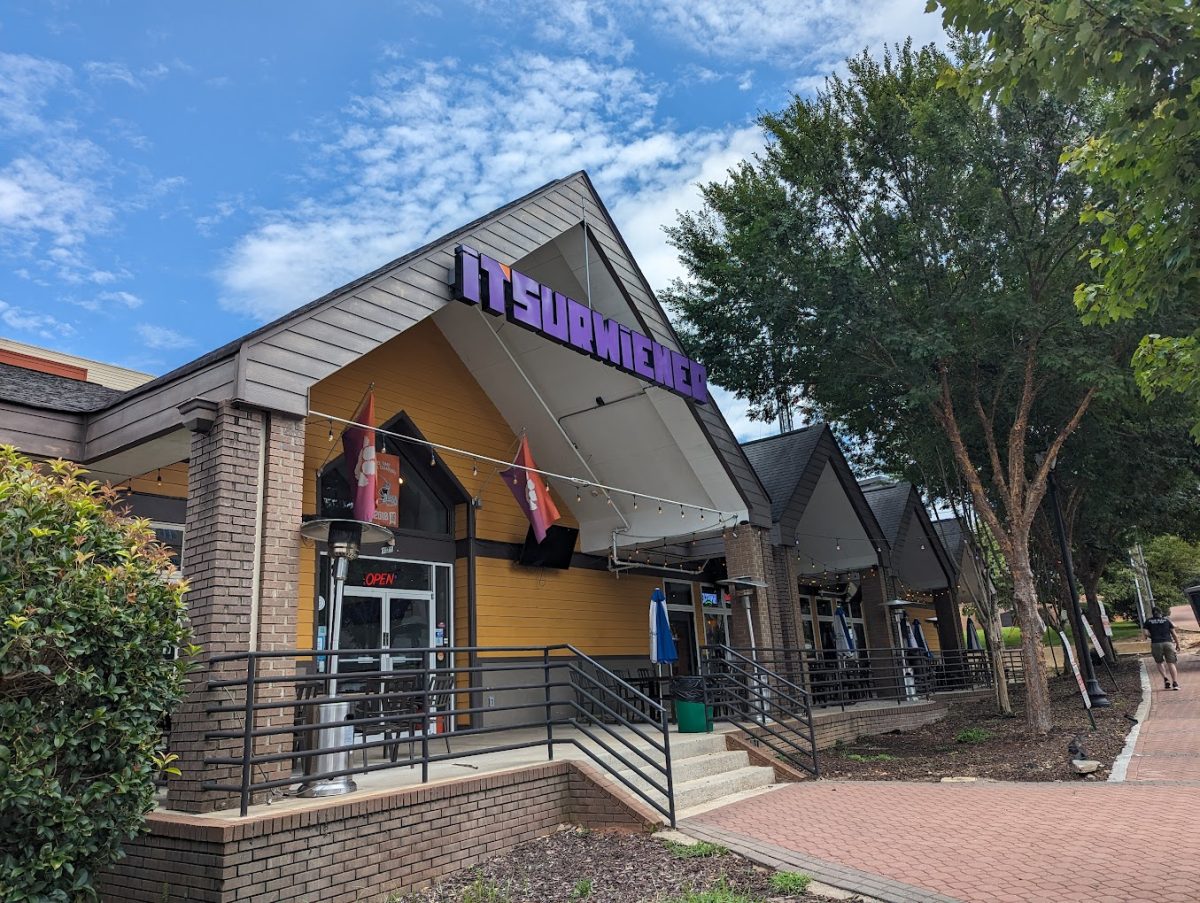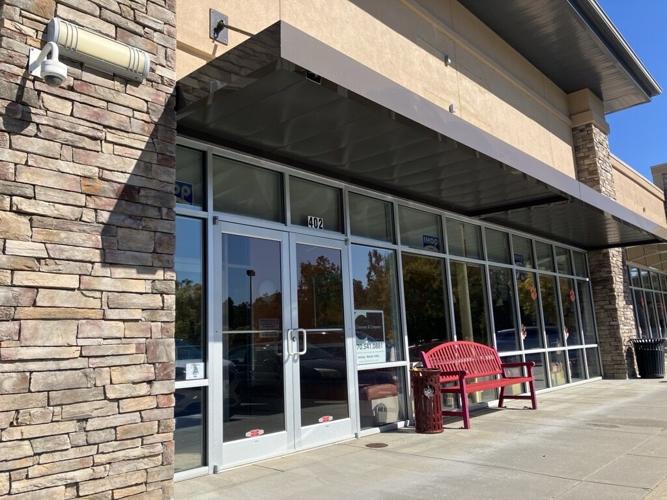A budget amendment was approved by the Clemson City Council to purchase two new Clemson Police Department police cars and eight new solar-powered radar speed signs to facilitate road safety in Clemson on Aug. 26.
“Our fleet is aging,” city police Chief Jorge Campos said during the meeting, referring to the fact that three police cars were either totaled or severely damaged in vehicle accidents last year due to old age.
Campos added that city police recently added three new positions to the department and are in need of vehicles to accommodate the hires.
The vehicles cost $145,000 altogether, and the speed signs cost $25,000 altogether.
Regarding speed enforcement, the city council and Campos discussed changing the city-wide neighborhood speed limit to a maximum of 20 mph.
Currently, almost all speed limits in residential roads and neighborhoods in Clemson are either 15 or 25 mph.
“Some time ago, we changed the city ordinance to drop the speed limits in neighborhoods to 25 (mph) from 35 (mph) because in the state of South Carolina, the… maximum speed in a neighborhood is 35 if not posted,” Campos commented during the meeting.
This discussion stems from an initiative called “20 is plenty,” inspired by Vision Zero, which aims to decrease traffic deaths. Campos mentioned that many cities across the United States and Europe have adopted this initiative but haven’t seen much difference because other measures besides lowering the speed limit are necessary.
Nathan Woods, Clemson’s city engineer, is working with Campos to ascertain how Clemson can successfully lower speeds in neighborhoods through design.
Woods and Campos are brainstorming to construct narrower roads and/or additional speed bumps in residential areas alongside changing the speed limit. This construction depends on the city securing the safer road design grant they applied for and sufficient funding.
However, Campos noted during the meeting, “I know there’s a lot of people who are proponents for speed bumps, but we’ve talked to neighbors that have speed bumps and don’t want the speed bumps because they’re the ones that travel over them most of the time.”
“When you design a road or you make improvements to a road or you put sidewalks in; you put other measures in place environmentally through an engineering design to advocate for slower speeds through those particular corridors,” Campos continued.
Campos believes this is a better way to promote lower speeds and that the solar-powered speed signs placed throughout Clemson motivate people to drive slower.
The signs get “everybody to think twice,” Campos said.
He added that pedestrian safety contributes to the lower-speed initiative since many residents walk and bike along Clemson roads.
“The point of this isn’t about cars crashing into each other. This is 100% about pedestrian safety, and there’s good data on when you get to certain speeds… that the chance of severe injury starts increasing rapidly every mile per hour you’re going over,” Councilmember Bob Brookover said during the meeting. “You’re never gonna get everybody to take their foot off the gas a little, but most people want to try and do the right thing.”
Campos then discussed how city police primarily practice traffic enforcement along U.S. Highways 93, 123 and other “major corridors.” According to crash data over the last few years, these roads are the most dangerous in terms of vehicle accidents.
“Tickets are not usually getting written at seven, eight, nine o’clock in the morning. They’re getting written at other times when they’re not answering other calls for service, so that’s one of the enforcement hurdles that we have to get around,” Campos said, noting that enforcement alone won’t fully address the speeding issue.
Campos also provided service and traffic enforcement statistics from June and July this year. June saw city police answer 3,500 calls for service, complete 1,100 traffic stops and issue 493 tickets. In July, they answered 5,500 service calls, 927 traffic stops and 436 tickets.









